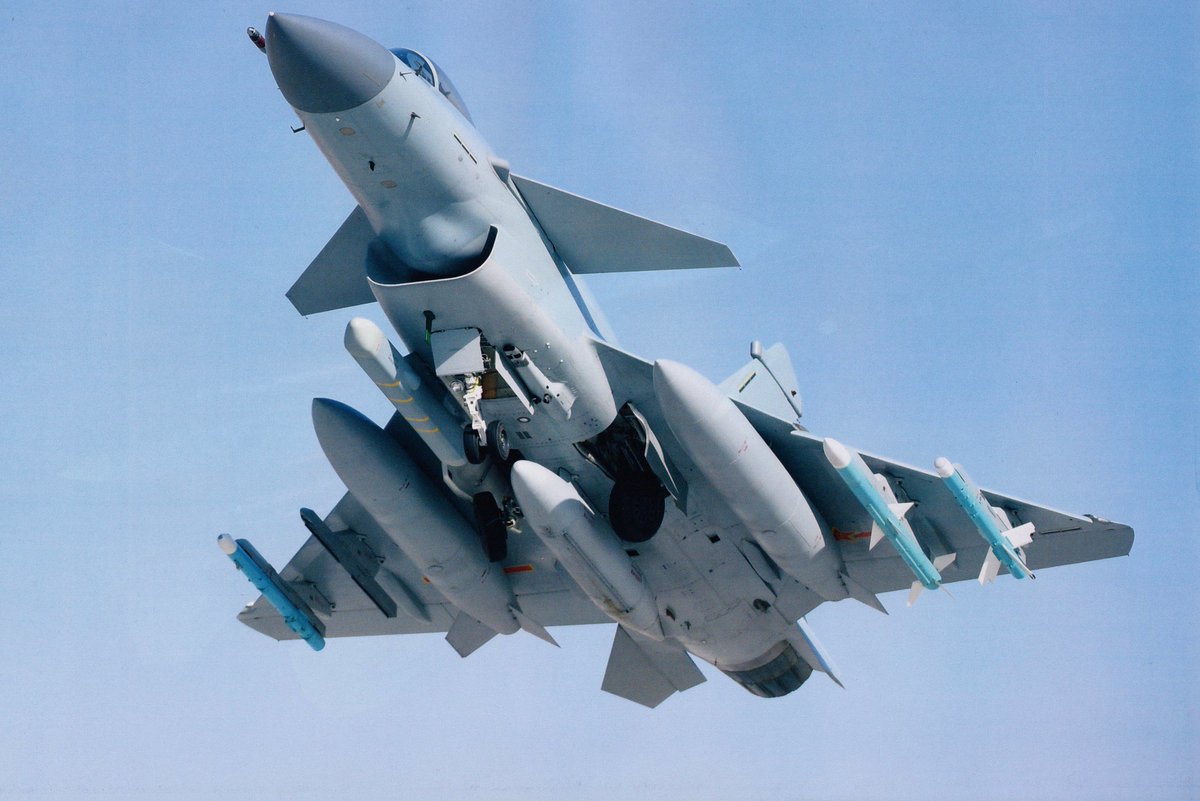Well, original F16c had projected lifespan of 6000 hrs. (which has then been pushed to 8000, and now 12,000 hrs seems possible). Even if PLAAF flies 250 hrs per plane per year (higher than US really), that's 24 years of such hours for F16c comparable lifespan. And it's likely that 2005-2010 period plaaf did not fly j10s quite as much, even if they do it today. At 220 hrs per year per plane that's 27 years. And 8000 hours shouldn't be out of reach either with one serious refit. Potentially 32-35 years.
So retiring j10 at 20 years of age would either be A) Political or B) would mean j10s are designed to a different standard in the first place, made less sturdier than f16 for example, basically trading off lifespan for weight/thrust and weight/lift ratios, meaning trading off lifespan for performance.
I think much simpler answer is this: Chinese AF does not intend to buy 80ish planes per year and production rate will not reach those averages in the foreseeable future (save for a new arms race) Chengdu will probably lower its j10 production rate once J20 production fully ramps up, and j20 will never be produced in more than 20-ish airframes per year, as long as SAC is kept as a player and getting a piece of the production pie.



